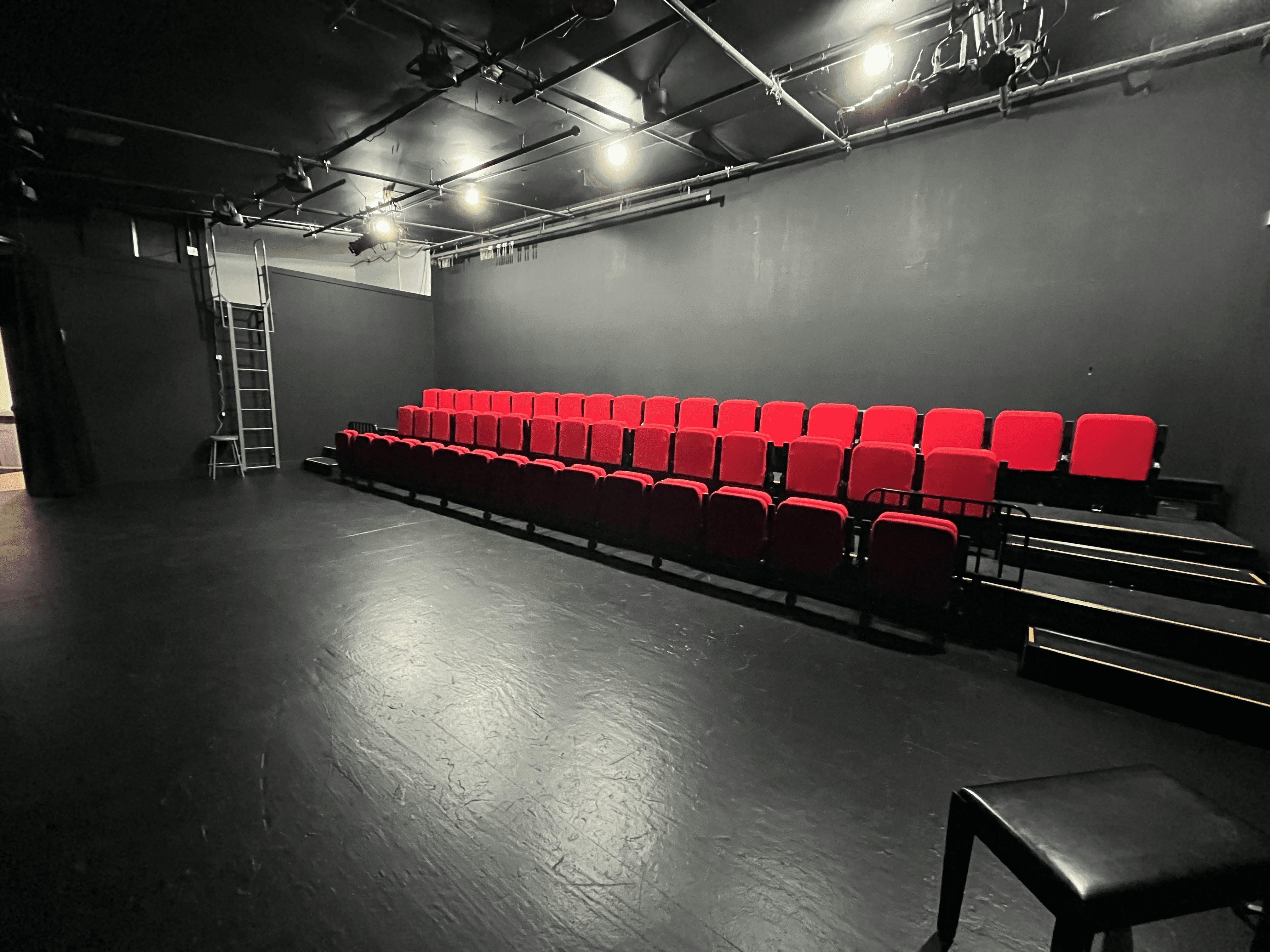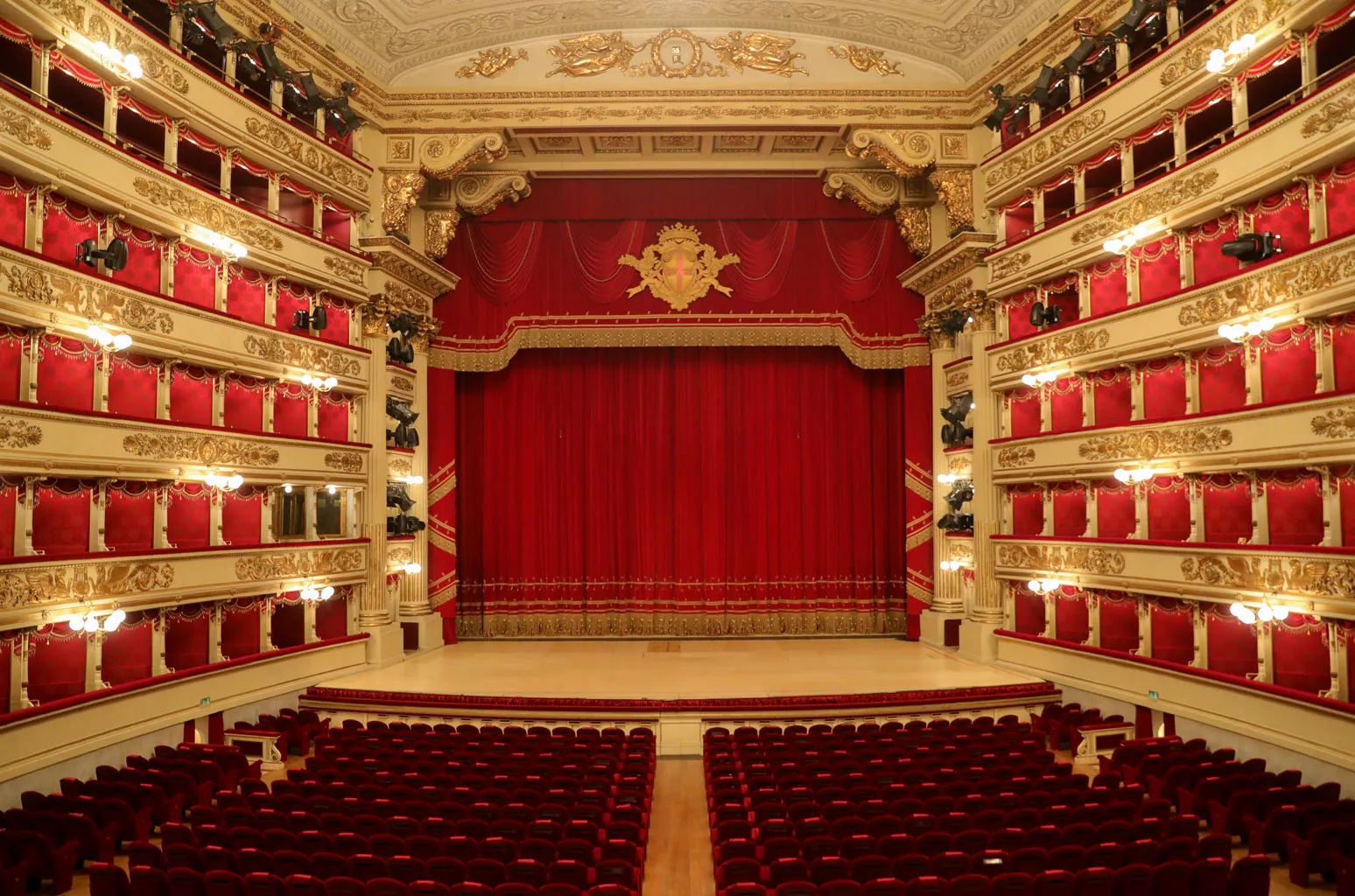When you step into a theater, whether it’s an opulent opera house or a cozy local venue, there’s a high chance that the seats will be red. It’s a detail so ubiquitous that most people never think twice about it. But why red? What’s the story behind this color choice? As it turns out, the decision to make theater seats red isn’t just about aesthetics—it’s steeped in history, practicality, and even a bit of psychology.
A Nod to History: The Opulence of Red
The tradition of red theater seats can be traced back to the opulent days of European opera houses and theaters in the 19th century. Red has long been associated with wealth, power, and prestige. During this time, theaters were symbols of cultural refinement, and their interiors were designed to reflect the grandeur and luxury of the experience they offered.
Red, being a color of royalty and wealth, was often used in the rich velvet curtains, carpets, and upholstery. This tradition carried over into the seats, which were often upholstered in plush red velvet. The color red was also highly favored because of its deep, rich tone that added to the overall sense of luxury and extravagance. Over time, this became a standard, a visual shorthand for the theatrical experience itself.
The Science of Seeing Red: Visibility and Focus
The choice of red for theater seats isn’t just about history—it’s also about the science of light and color perception. Red is a color that our eyes are naturally less sensitive to in low light. When the house lights go down and the stage lights come up, red seats seem to “disappear,” allowing the audience to focus entirely on the performance without any distracting reflections or bright colors in their peripheral vision. This is known as The Purkinje Color Effect.
This effect is rooted in the way our eyes work. Human vision is more sensitive to the wavelengths of blue and green light, which means these colors can appear brighter and more distracting in a dim environment. Red, on the other hand, is less intrusive, fading into the background and letting the stage take center stage.
The Power of Tradition: A Symbol of Theatrical Heritage
Beyond its historical and scientific justifications, the red seat is a tradition that has endured because of its strong association with the theater itself. When people think of a classic theater, they often picture a grand space with red seats, gilded balconies, and velvet curtains. This image has become iconic, a symbol of the timeless elegance and cultural significance of the performing arts.
For theatergoers, the red seats contribute to the overall experience, creating an ambiance that feels special and different from the everyday world. They help to establish the theater as a place of escape, where the ordinary rules of life are temporarily suspended, and audiences are invited to lose themselves in the magic of the performance.
Conclusion: More Than Just a Color
The red seats in a theater are more than just a design choice—they are a blend of history, science, and tradition. They reflect the opulence of the past, the practicality of visual science, and the enduring power of cultural symbols. So the next time you settle into a plush red chair before the curtain rises, take a moment to appreciate the layers of meaning beneath you. The choice of red is not just about what looks good—it’s about what feels right for the theater, a place where art, tradition, and experience come together in perfect harmony.






0 Comments